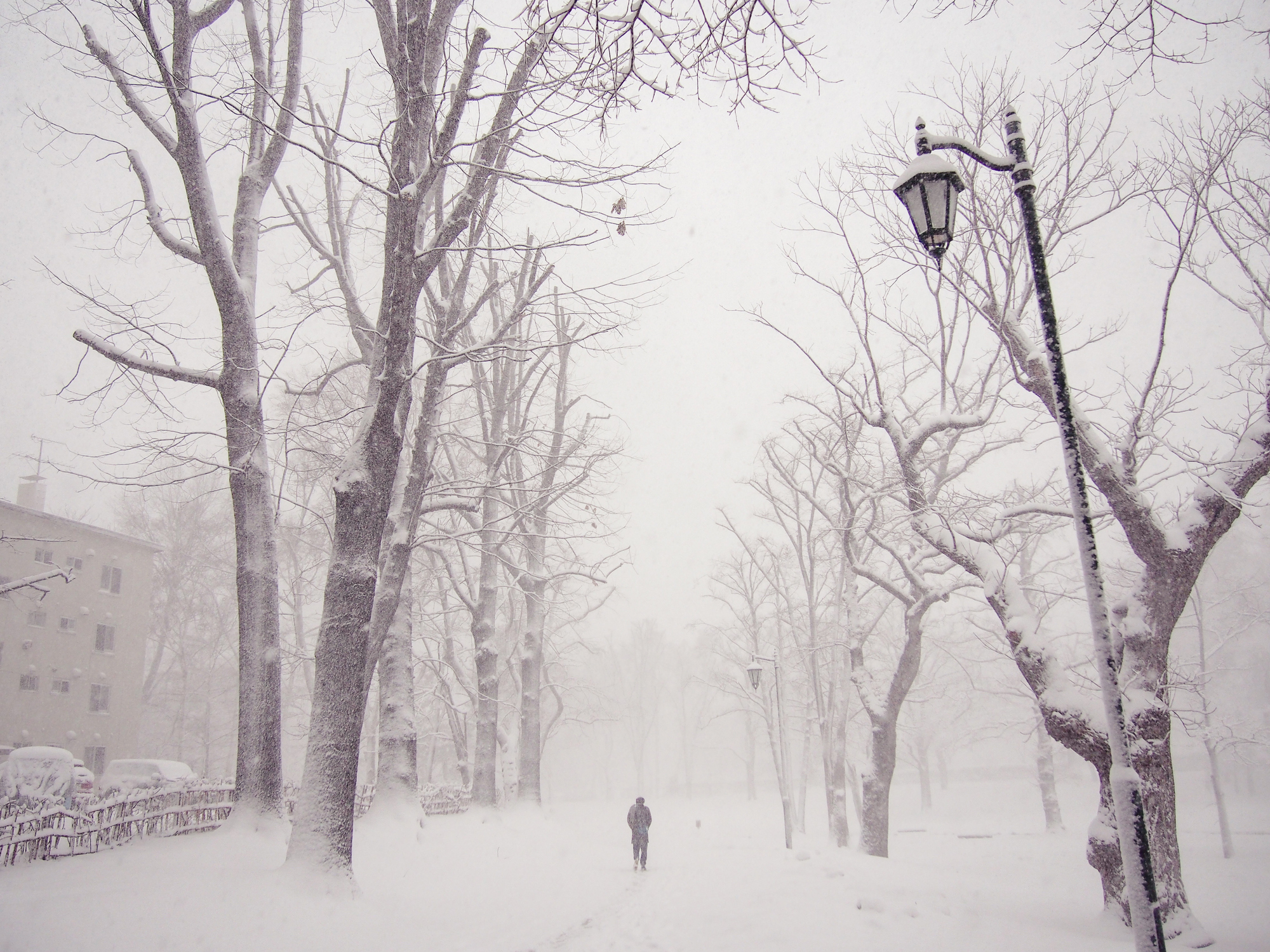Health Capsule
Treating Seasonal Affective Disorder

Is the long, cold winter getting you down? For people with seasonal affective disorder (SAD), the change in seasons brings on a form of depression. Most often, it begins in late fall or early winter each year and goes away in the spring and summer. Common signs of SAD include low energy, overeating, and sleeping too much.
If you have SAD, there are several things you can do. Try to be active and exercise. Spend time with other people and confide in a trusted friend or relative. Medications like antidepressants and psychotherapy can also help. Some people may find relief through complementary health approaches, like light therapy. Using an ultrabright light box each day may help replace the natural sunlight you’re missing during the winter. Light boxes give off light that’s about 20 times brighter than ordinary lighting.
Some studies support a form of talk therapy adapted for SAD. This type of cognitive behavioral therapy focuses on replacing negative thoughts with positive ones. You may also be asked to identify activities you enjoy.
A few small studies suggest that supplements like St. John’s wort and melatonin may help with SAD. But experts caution that St. John’s wort can interact with many medications. And melatonin may improve sleep for some people with SAD, but it’s not known if long-term use is safe.
If you’re experiencing SAD, talk with your doctor to come up with a plan to feel better. Learn more.
NIH Office of Communications and Public Liaison
Health and Science Publications Branch
Building 31, Room 5B52
Bethesda, MD 20892-2094
Contact Us:
nihnewsinhealth@od.nih.gov
Phone: 301-451-8224
Share Our Materials: Reprint our articles and illustrations in your own publication. Our material is not copyrighted. Please acknowledge NIH News in Health as the source and send us a copy.
For more consumer health news and information, visit health.nih.gov.
For wellness toolkits, visit www.nih.gov/wellnesstoolkits.




